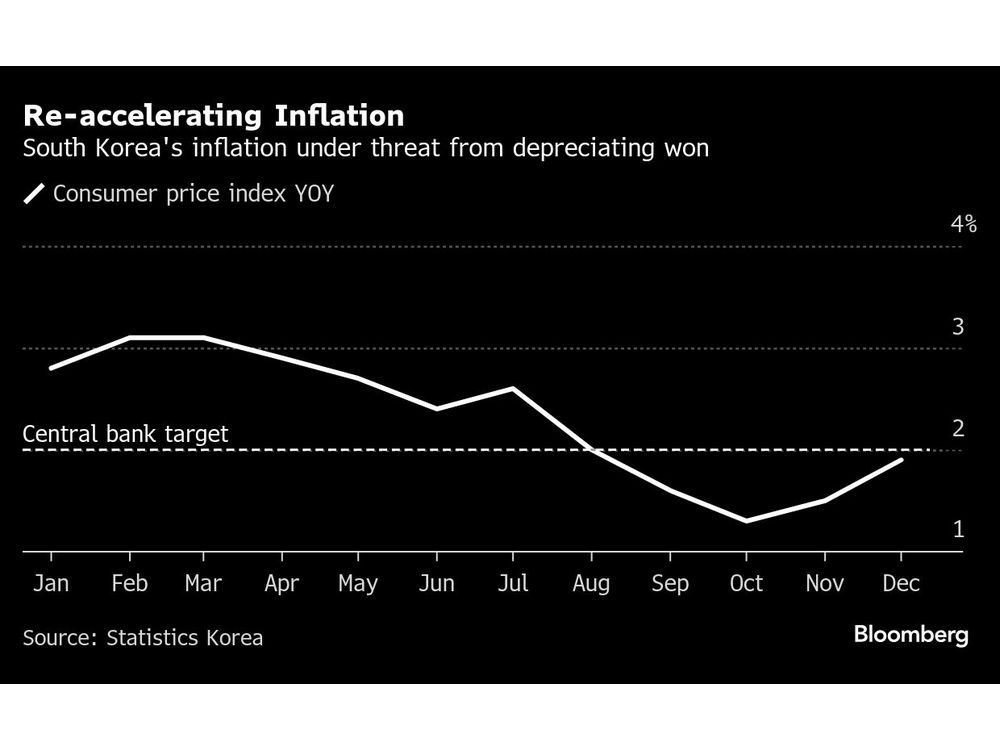Assets under management, commonly referred to as AUM, is a critical metric used in the financial industry to measure the total market value of assets that a particular investment firm manages on behalf of its clients.
The AUM encompasses a diversified range of assets, including bonds, stocks, options, and other securities, and it is widely used as an indicator of the success and growth potential of financial institutions.
Understanding AUM is important for any investor or financial institution, as the size of the assets under management can be indicative of the level of expertise and resources a given firm has.
What is Assets Under Management (AUM)?
Assets Under Management (AUM) refers to the total value of assets that a financial institution, such as a bank, investment company, or hedge fund, manages on behalf of its clients.
AUM includes a variety of financial products and investments, including stocks, bonds, real estate, and commodities.
The AUM figure is calculated by adding up the market value of all the assets that are currently being managed by the institution, including any cash or cash equivalents that are held within the accounts.
AUM is an important metric used to evaluate the size and success of a financial institution and its ability to generate revenue from managing investments on behalf of clients.
How Assets Under Management (AUM) Works
Assets Under Management (AUM) is a measure of the total value of assets that a financial firm or institution manages on behalf of its clients. This value includes all of the assets held in a portfolio, such as stocks, bonds, mutual funds, real estate, and any other financial assets.
The AUM figure is calculated by adding up the market value of all of the assets held in these portfolios.
When an individual or institutional investor hires a financial institution to manage their investments, they transfer ownership of their assets to the financial institution. Then the firm or institution uses these assets to make investments on behalf of the client.
The institution is responsible for making investment decisions based on the client’s specific financial goals and risk tolerance.
As the financial institution manages the assets, the market value of the investments will fluctuate depending on a variety of factors such as market conditions, geopolitical events, and other news.
The institution must constantly monitor these investments and make strategic decisions to buy, hold or sell them based on their assessment of the market.
The institution charges fees for managing these assets, which are typically a percentage of the AUM. This fee structure incentivizes the institution to maximize the value of the assets they are managing, as their revenue is directly tied to the performance of the portfolio.
AUM is an important metric to track as it provides insight into the size and success of the financial institution. AUM growth can be an important indicator of the institution’s ability to attract and retain clients and generate revenue through asset management services.
Example of Assets Under Management (AUM)
Let’s say that a financial institution manages a portfolio of investments on behalf of its clients, which includes stocks, bonds, and mutual funds. The total market value of these assets is $10 million.
The financial institution charges a fee of 1% of AUM annually. This means that its revenue from managing these assets will be $100,000 (1% of $10 million).
Over time, the market value of the assets held in the portfolio may increase or decrease depending on market conditions.
If the market value increases by 10% to $11 million, then the financial institution’s revenue from managing these assets will increase to $110,000 (1% of $11 million).
Conversely, if the market value decreases by 10% to $9 million, then the financial institution’s revenue will decrease to $90,000 (1% of $9 million).
In this example, the financial institution’s AUM is $10 million, which is a key metric used to evaluate its size and success in managing assets for its clients.
Conclusion
Assets Under Management (AUM) is a very important metric used to evaluate the size and success of a financial institution. AUM is an important indicator for institutions as it provides insight into their ability to attract and retain clients and generate revenue from asset management services. By understanding how AUM works, investors can make sound decisions when selecting asset managers.
Further questions
What's your question? Ask it in the discussion forum
Have an answer to the questions below? Post it here or in the forum


South Korea’s consumer inflation gained pace as political turmoil weakened the local currency, threatening price stability in a country heavily reliant on imports for food and energy.



TORONTO, Dec. 30, 2024 (GLOBE NEWSWIRE) — Ninepoint Partners LP (“Ninepoint Partners”) today announced the final December 2024 cash distributions and annual notional capital gains distributions for its ETF Series securities. The record date for the distributions is December 31, 2024 for all the ETF…